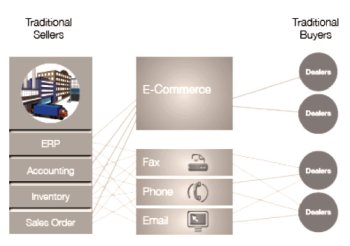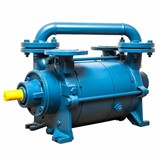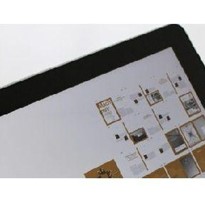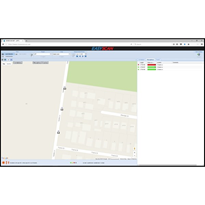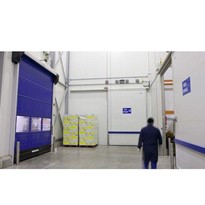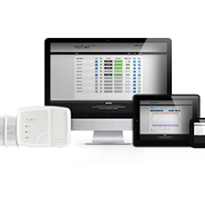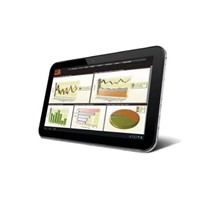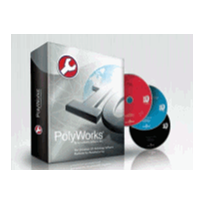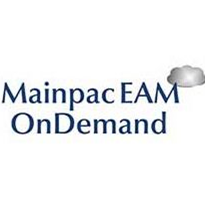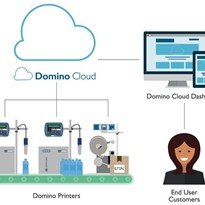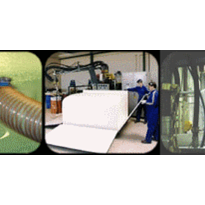This is referred to as business-to-business or, in acronym form, B2B. These sorts of transactions are typified by the transactions that take place between a manufacturer and a wholesaler, or between a wholesaler and a retailer. They are characterised by relatively large volumes, competitive and stable prices, fast delivery times and, often, on deferred payment basis. The first major step to provide computerised support was through the use of Electronic Data Interchange (EDI), which is still in wide scale use today. However, the introduction of the Internet into the business world has seen B2B blossom with many predictions about the size of the market.
One of the ways to look at B2B sites and solutions available on the Internet is to use the following classification:
Company web sites, which can be thought of as round-the-clock minitrade exhibits. Sometimes a company web site serves as the entrance to an exclusive extranet available only to customers or registered site users. Some company web sites sell directly from the site, effectively e-tailing to other businesses.
- Product supply and procurement exchanges, where a company purchasing agent can shop for supplies from vendors, request proposals and, in some cases, bid to make a purchase at a desired price.
- Specialised or vertical industry portals that provide information, product listings, discussion groups, and other features about a company’s products or about a market sector. Brokering sites that act as an intermediary between someone wanting a product or service and potential providers.
- Information sites (sometimes known as infomediary), which provide information about a particular industry for its companies and their employees. These include specialised search sites and trade and industry standards organisation sites.
The introduction of the cloud and the software as a service (SaaS) concept is now starting to be seen in the B2B supply chain market. The Aberdeen Group found, in a report in 2009,[1] that the interest in SaaS solutions was on the rise, particularly among top performing companies where B2B integration as an outsourced service is nothing new. Vendors such as Sterling Commerce, GSX, Descartes, and Inovis for years have provided value-added networks (VANs) as shared, hosted services that integrate business partners using EDI and other protocols. However, Bloor has just come across a new approach from Netfira, an Australian company that was founded in 2003.
Netfira introduced its first product in 2008. They entered the US market in 2009 and have a European office in Munich. This solution has been initially been aimed at the dealer and distribution network market, but is now also targeting customers throughout the entire supply chain.
What Netfira found was that B2B buying and selling between large companies was largely automated; however, B2B buying between large and smaller companies is often not automated and relies on manual processes. As many of the smaller companies have limited or no IT staff, they resort to fax, phone, and email to pass information and place orders, leading to human errors, delays, an increased number of returns, sub-optimal inventory levels, and more.
Netfira exploits the Internet and SaaS. The dealer signs up to the Netfira service and downloads the seller-side product and installs it. NetfiraSeller runs as a web service that integrates with the sellers’ back office systems (ERP, accounting, and inventory etc.). Only a small access module that communicates with the Netfira web service is installed on the sellers’ systems and there is no upfront cost to the seller to use the software.
The seller invites and authorises buyers to make purchases, and then configures each buyer’s access to their data (e.g. inventory and buyer specific pricing). This email invitation is sent through the NetfiraSeller product to all the buyers authorised to use the system. This invitation gives the buyer a link to follow which takes them to the location to download the NetfiraBuyer software and Netfira automatically connects the buyer to the seller securely, and gets real time visibility into inventory and pricing.
NetfiraBuyer can also connect to the buyer’s back office systems, automating the creation of purchase orders and updating buyers’ inventories.
A back-office accounting/inventory system is required for the NetfiraSeller module to connect to. This is optional for the NetfiraBuyer module. Netfira is compatible and supported with the following back-office accounting and inventory applications:
- MYOB Accounting, Premier, EXO, Retail Manager
- QuickBooks versions 2009 and 2010
- Fishbowl versions 2009 and 2010
- Sage Accpac versions 5.5 and 5.6
- Sage Peachtree version 2011
There are also interfaces to the major ERP systems such as SAP, JD Edwards, Microsoft and Oracle. Netfira provides an SDK, and have other packaged interfaces.
Netfira charges the sellers per order transaction ($1.50). Sellers can either pay per transaction, or buy bulk transactions or order blocks at a discount. For high volume sellers, Netfira also offers fixed monthly or annual subscriptions. Buyers can search inventory at no cost, and use the software to place orders for free.
What impressed me when I saw the product in operation was how easy it was to use. Now, I know this is an over-used expression but, in Netfira’s case after a 15 minute demonstration, I felt confident that I could use the product to do the basics of buying and selling. Bloor sees this as perfect solution to solve one of the biggest problems in dealing with dealer networks resulting in 100% automation.


